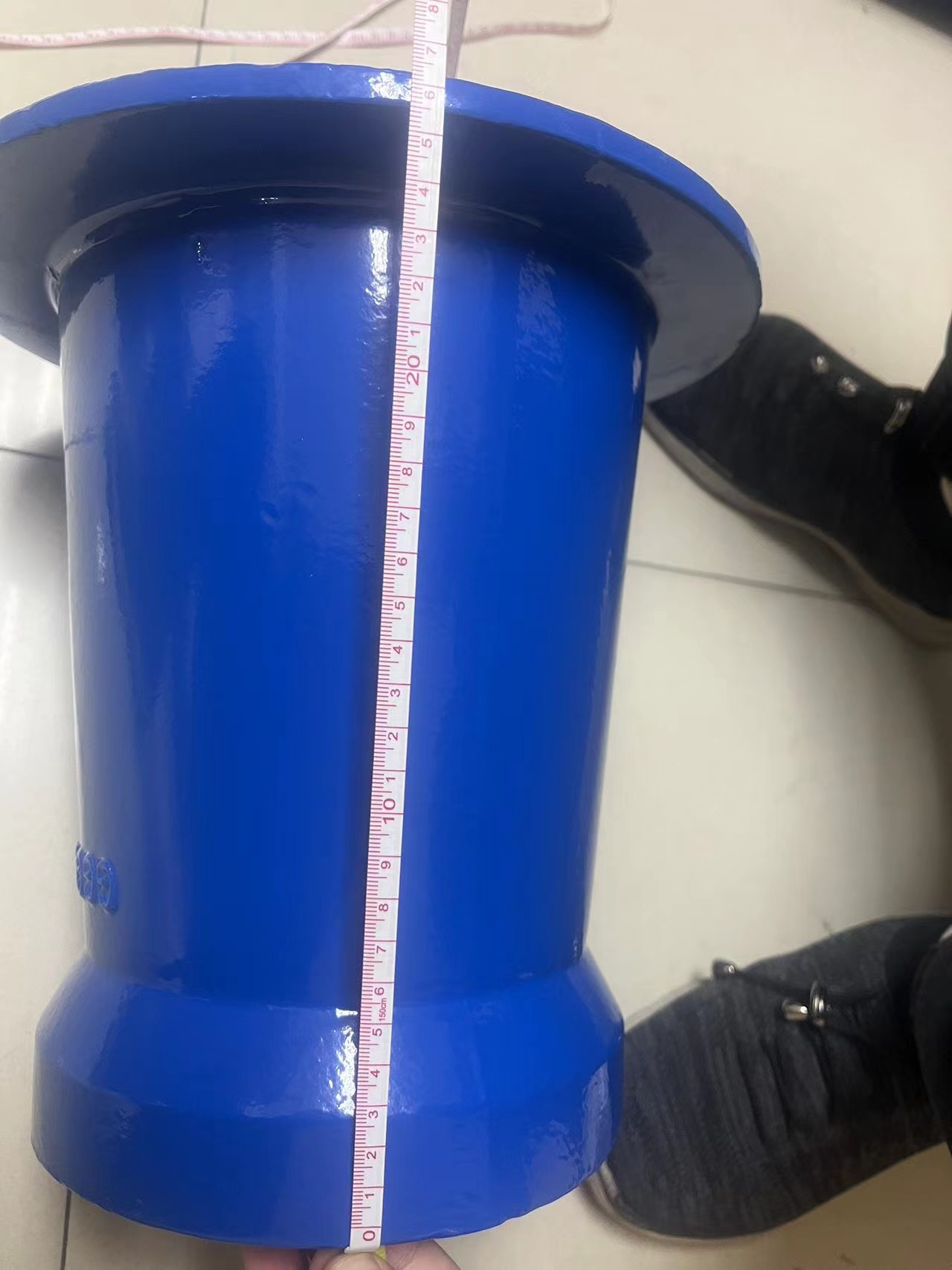DN150 Gate Valve - Reliable and Efficient Flow Control
Understanding Gate Valves Focus on DN150
Gate valves are crucial components in various industrial applications, serving as on/off control devices for the flow of liquids and gases. Specifically, the DN150 gate valve, with a nominal diameter of 150 millimeters, is widely utilized in numerous sectors, including water treatment, oil and gas, and chemical processing.
Understanding Gate Valves Focus on DN150
One of the standout features of the DN150 gate valve is its size, which makes it ideal for mid-to-large scale installations. This valve size can handle significant volumes of fluid, making it versatile for heavy-duty applications. Moreover, gate valves can be operated manually using a handwheel or automatically through an actuator, providing flexibility in various setups.
gate valve dn150

Materials used in the construction of gate valves, particularly DN150 models, can vary significantly. Common materials include stainless steel, cast iron, and carbon steel, chosen based on the operational environment and the type of fluid being transported. For example, stainless steel valves are often selected for corrosive fluids, while cast iron may be suitable for water applications due to its durability and cost-effectiveness.
When installing a DN150 gate valve, several factors must be considered, including proper alignment, pressure ratings, and the type of pipe connections. Inadequate installation can lead to leaks or premature valve failure. Regular maintenance is also critical; periodic inspections and lubrication can ensure the valve operates smoothly and extends its lifespan.
In conclusion, DN150 gate valves play a vital role in fluid control across various industries. Their ability to provide reliable, full-flow shut-off capabilities makes them indispensable in maintaining system integrity and efficiency. Understanding their specifications, materials, and maintenance requirements is crucial for engineers and technicians working with these essential components.
-
The Smarter Choice for Pedestrian AreasNewsJun.30,2025
-
The Gold Standard in Round Drain CoversNewsJun.30,2025
-
The Gold Standard in Manhole Cover SystemsNewsJun.30,2025
-
Superior Drainage Solutions with Premium Gully GratesNewsJun.30,2025
-
Superior Drainage Solutions for Global InfrastructureNewsJun.30,2025
-
Square Manhole Solutions for Modern InfrastructureNewsJun.30,2025
-
Premium Manhole Covers for Modern InfrastructureNewsJun.30,2025
